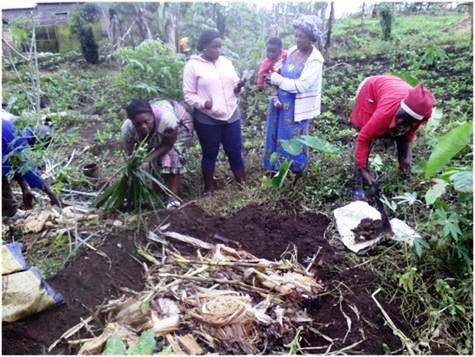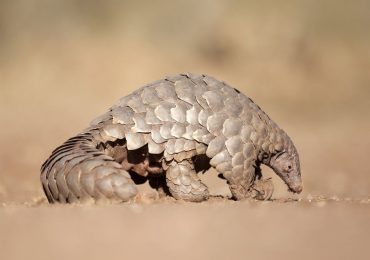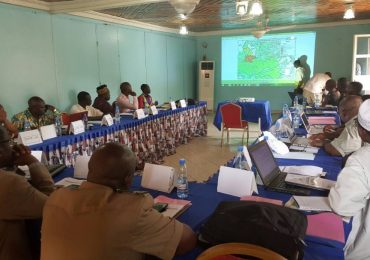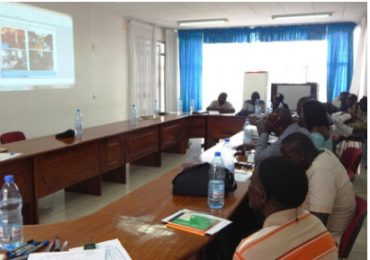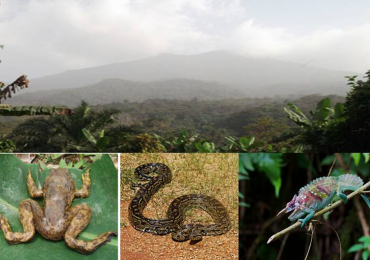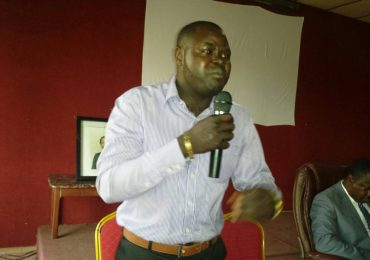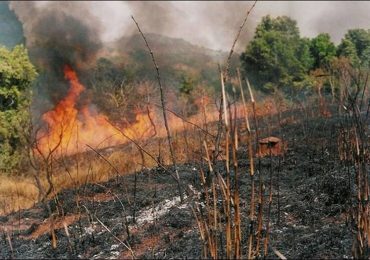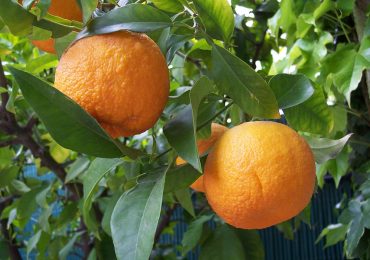ERuDeF has added composting to its agroforestry campaign as a follow-up to ensure increased crop yields and get the rural farming population out of poverty and misery.
By Jumbam Blaise & Payong Marquise

In September 2015, ERuDeF’s TREES Cameroon Program supported by Trees for the Future trained farmers in all the 15 Divisions of its area of intervention in the Southwest, West and Northwest Region’s on compost making.
The aim of the training is to empower the farmers to build healthy farms and increase yields by producing fertilizer using cheap organic materials. The training was done alongside the transplanting of trees in farmlands and catchment points.
Composting is a natural process that transforms waste into a rich soil additive. Composting can also be nature’s process of recycling decomposed organic materials into a rich soil known as compost.
By composting organic waste, nutrients are put back into the soil for the life cycle to continue. It was therefore, important to train farmers on composting given that their soils are losing nutrients day in day out due to poor agricultural practices.
Apart from nutrient loss, other reasons of composting include; using kitchen waste for composting to help divert the

30% stream waste from landfills, waterways and water treatment facilities. It also reduces pests and the use of pesticides. Healthy plants from healthy soil look better, produce better and have much greater ability to fight off pests and diseases.
Compost amends both sandy and clay soils. Composting saves money and farmers avoid the cost of buying soil conditioners, bagged manure, etc.
In the Northwest Region, the training was carried out with farming groups in each of the Divisions. Many farmers who participated expressed a lot of interest in the training.
Mbeh Sylvester, President of the Wuh I & II Farmers Group of Kungi village, said he was going to ensure that each one of them produces their own compost pits in the farms.
In Naikom (Menchum Division) and Kugwe (Momo Division), the farmers were equally moved by the new technique they learnt and all of those present showed eagerness to make their own compost pits.

A woman with hearing difficulty in Naikom followed the training very keenly and said she would have loved to build her own compost pit, but she has a lot of farms and does all the work alone.
She, however, promised to make her own compost pit if members accept to assist her.
In the course of the training, one of the new groups in Nkwen (Wanoyom Farmers Group) was registered in the TREES Cameroon Taro Network Database. They had been participating in agroforestry activities from the beginning of the year but had not been registered due to difficulty in recording GPS points. They were all happy after being told that they had finally been integrated into the TREES Cameroon database.
The TREES Cameroon team trained farmers in Mile 16, Mile 15 and Mile 14 neighbourhoods; Ngolobolo and Kurume in Meme Division and Mwabi, Mbat, Muelong, Muesum in Bangem Subdivision all in the Southwest Region.
In the West Region, farmers were trained on composting in Bamboutos, Haut-Nkam, Menoua and Moungo Divisions.
In each of the training centers, farming groups witnessed demonstrations of compost making to enable them do same in their respective farms.
Feeding plants well with compost improves our own diets, hence home composting is a valuable tool in educating children about nature and the cycle of life.
Composting

Compost consists of any organic material that has not been treated with pesticide or herbicide. These materials are; grass, kitchen waste, garden trimmings and pruning, animal dung, corn cobs and stalks, wood ash, leaves, sawdust, etc.
To develop a compost heap, a pile or a bin of 80cm high is built. The base is started with layers of leaves, corn cobs and stalks. Kitchen scraps, animal dung and grasses are added as the next layer. The pile is then watered until it is damp. The layers are repeated until it gets to 80cm or 1m high.
After the demonstration, the farmers were advised to turn the pile after every two weeks for it to be well mixed; to cover the heap with tarp after establishing. When the pile resembles soil, it is ready to use as compost.
How much compost the soil needs will depend on the quality of the soil. The more you add, the better your soil will become. Since you need to amend your soil annually, compost is never enough; meaning a farmer needs to have about three piles of compost.


